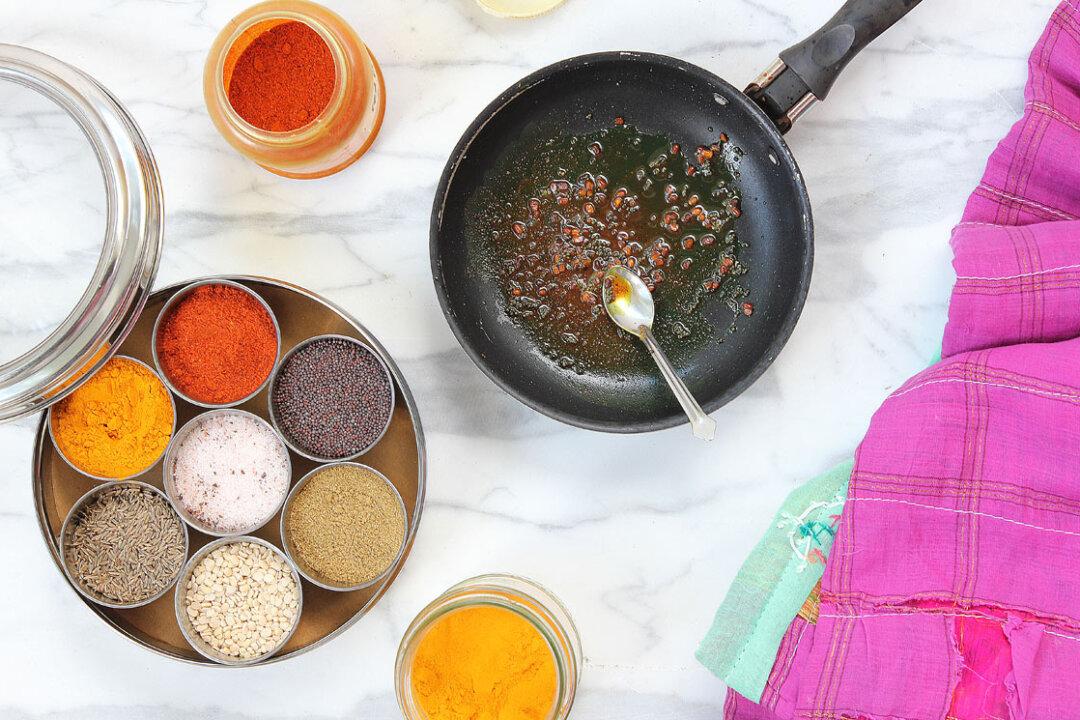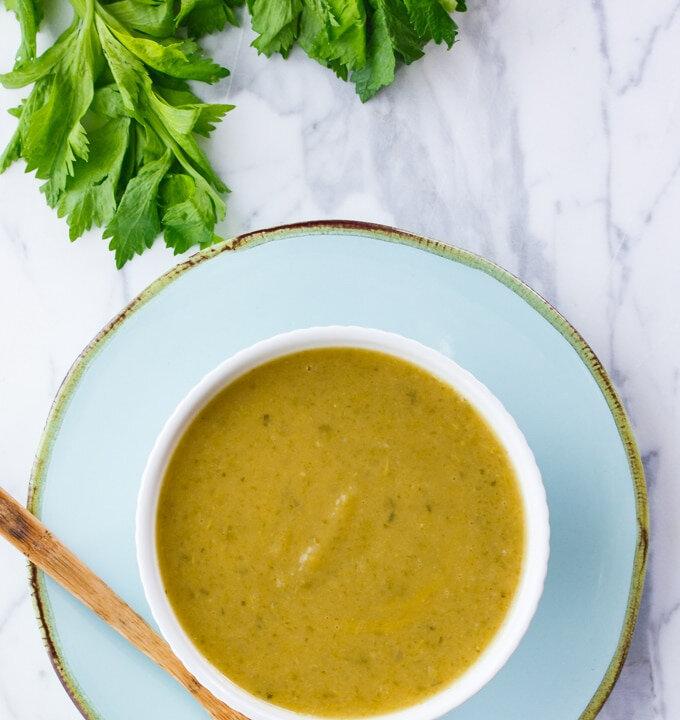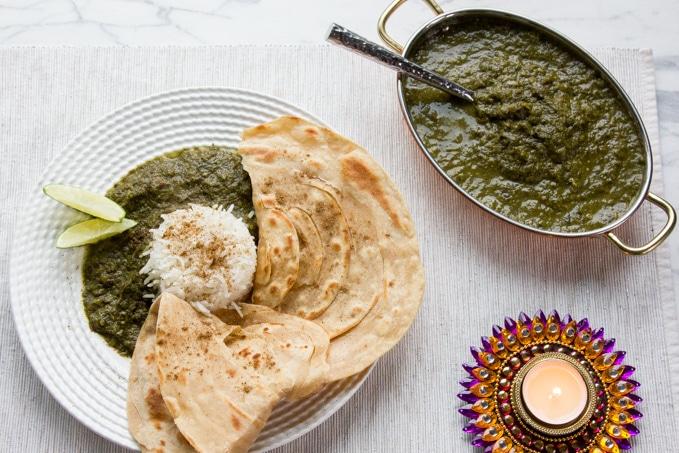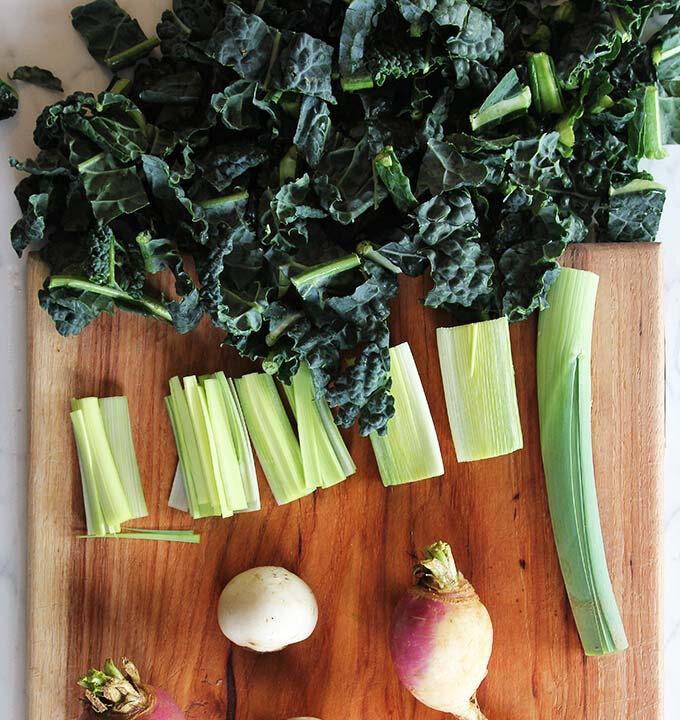South Indian seasoning is a wonderful way to prepare any vegetable. The simple spice combination enhances vegetables’ natural sweet flavors, adds nutrition, and improves digestibility.
This spice combination is the most commonly used grouping of spices in South Indian cooking.
I learned it from my mother in law, and quickly fell in love with the taste, which is flavorful, yet gentle. Best of all, I have found that this method works to prepare any vegetable.






